The Social Benefits of Collaborative Learning for Young Students
19 December 2024
In today's fast-paced world, education is evolving rapidly, and so are the methods we use to teach young students. Gone are the days when kids would sit silently at their desks, listening to a teacher drone on for hours. Now, classrooms are buzzing with activity, and collaborative learning plays a huge role in that transformation. But what's the big deal about collaborative learning? Why does it matter? Well, it's not just about getting students to work together for academic success. There's a whole other side to collaborative learning that’s often overlooked: the social benefits.
In this article, we'll dive into the social benefits of collaborative learning for young students. We’ll explore how working together in the classroom can help kids build social skills, foster a sense of community, and prepare them for the real world.
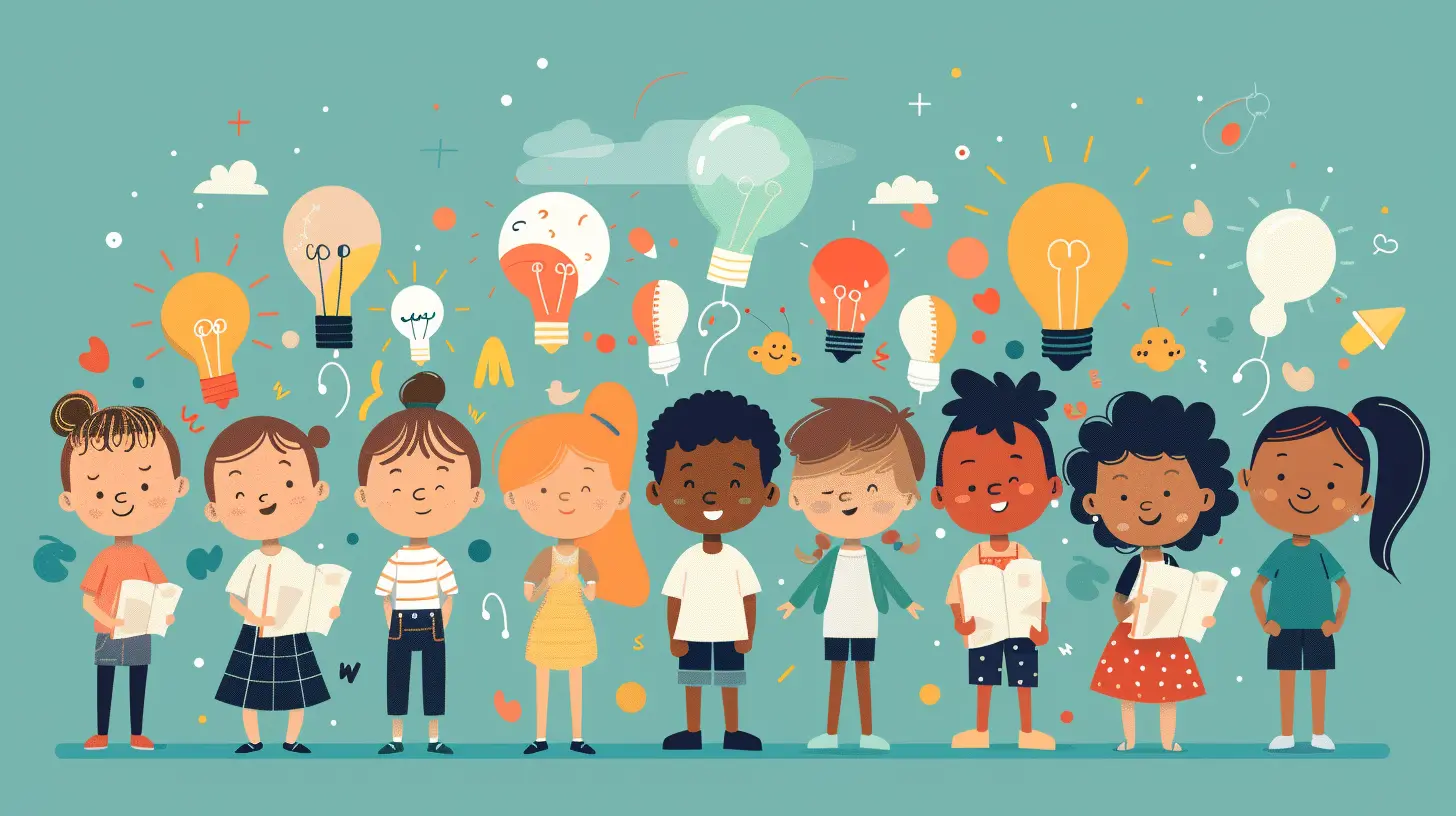
What is Collaborative Learning?
Before we dig into the social benefits, let's first define what collaborative learning actually is.Collaborative learning is a teaching approach where students work together in groups to solve problems, complete tasks, or create projects. It’s not about one student doing all the work while the others sit back and relax. Instead, it's about teamwork, communication, and mutual support. Every student contributes in their own unique way, and this shared responsibility creates a more dynamic and engaging learning environment.
Now, you might be thinking, "Isn't this just group work?" Well, yes and no. While group work is a part of collaborative learning, the latter goes beyond just dividing tasks. It encourages deeper interaction, critical thinking, and often requires students to reflect on their learning process.
But enough about the structure—let’s get to the good stuff: how collaborative learning benefits students socially.
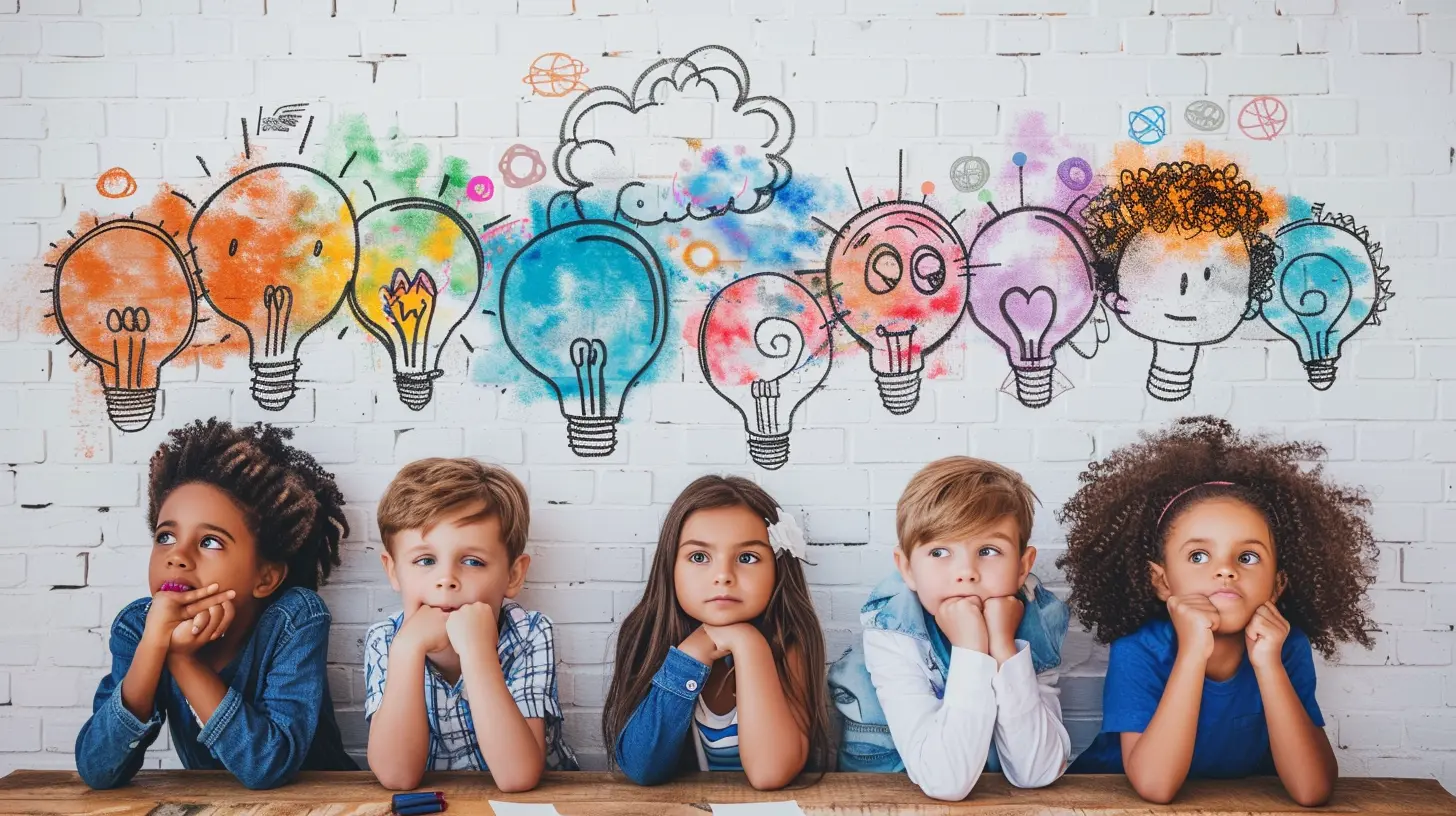
1. Building Communication Skills
One of the most obvious social benefits of collaborative learning is the improvement in communication skills. Let’s face it, communication is a critical life skill. Whether you're ordering coffee, negotiating a deal, or simply chatting with a friend, how you communicate matters.In a collaborative learning environment, students have to talk to each other—there's no avoiding it. They explain their thoughts, ask questions, listen to others, and find ways to express their opinions clearly. It’s like a communication bootcamp, but without the pressure.
Why is this important?
Imagine a young student who’s shy or struggles with talking in front of others. In a traditional classroom setting, they might sit in silence, never getting the chance to develop their voice. Collaborative learning changes that. It gives every student the opportunity (and the necessity) to speak up. Over time, they become more comfortable sharing their thoughts and ideas, not just with their peers but in broader social situations too.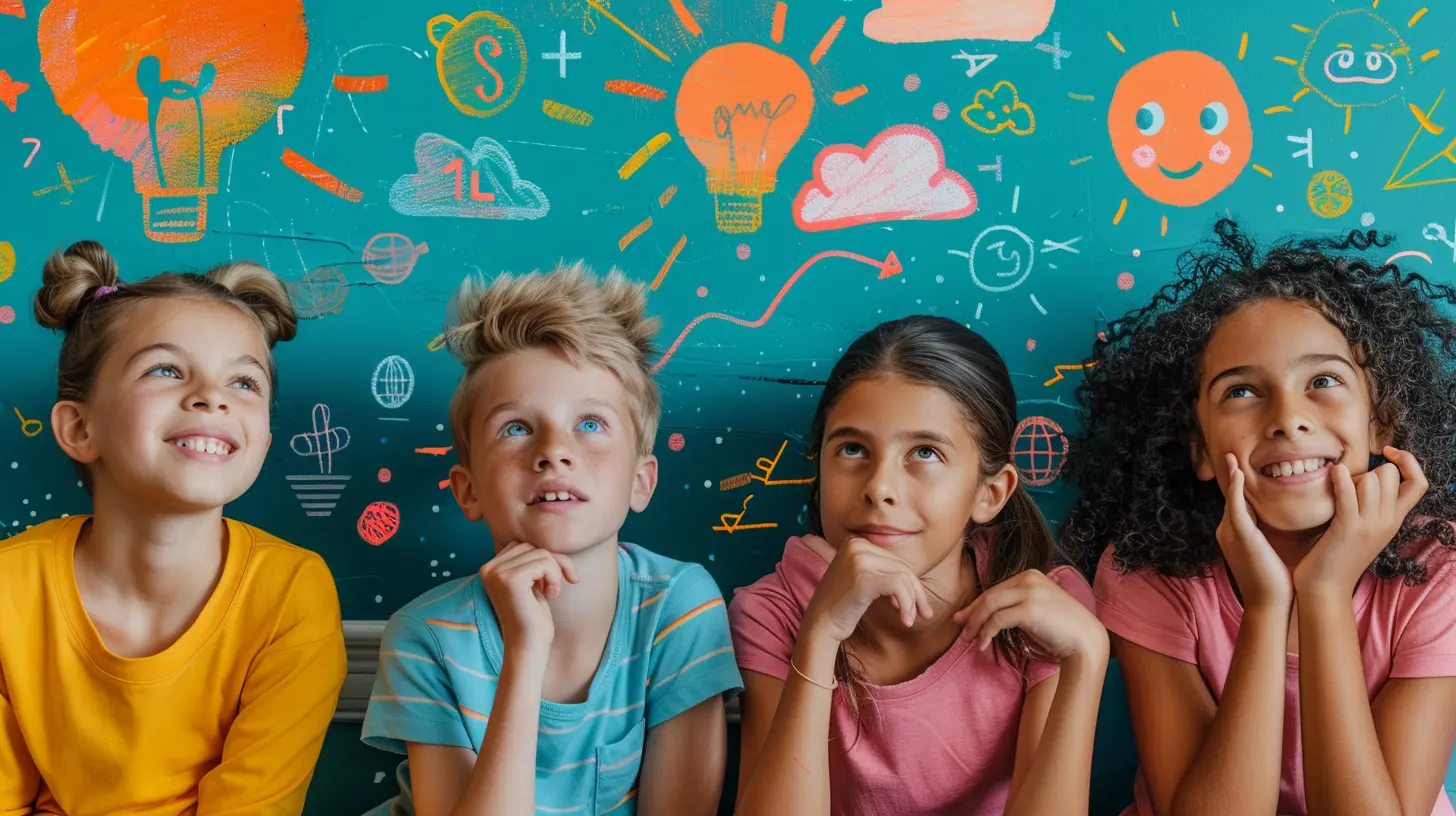
2. Enhancing Teamwork and Cooperation
Teamwork is a cornerstone of collaborative learning. In fact, it’s the very essence of it. Students learn how to work together, share responsibilities, and achieve common goals. But here's the thing: teamwork isn't always easy. It requires patience, understanding, and a willingness to compromise—skills that are crucial in the real world.How does it benefit students socially?
When kids work together, they learn how to navigate different personalities and perspectives. They experience firsthand what it's like to rely on others and be relied upon. This fosters a sense of accountability, but also empathy. They start to realize that everyone has strengths and weaknesses, and that it’s okay to ask for help or offer it.Think about it like being on a sports team. Everyone has a role to play, and for the team to succeed, each player must do their part. Collaborative learning works in much the same way, but instead of winning a game, students are achieving academic and social success.
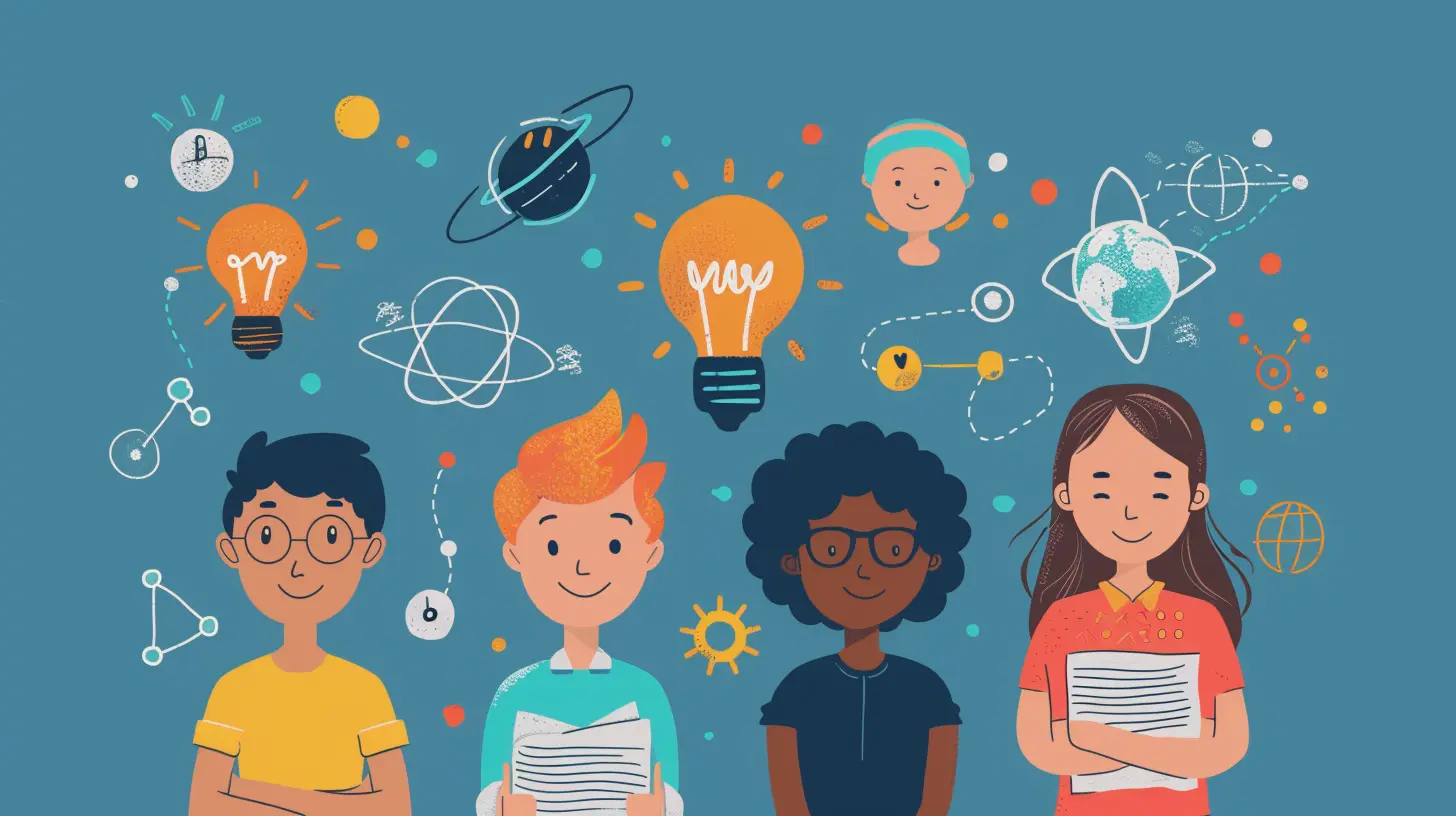
3. Promoting Conflict Resolution
Let’s be real: not all group work goes smoothly. Sometimes students disagree, and conflicts arise. But guess what? That’s not necessarily a bad thing. In fact, learning how to resolve conflicts is another significant social benefit of collaborative learning.Why does this matter?
Conflict resolution is a vital skill, both in school and in life. By working in groups, students are exposed to situations where they need to manage disagreements in a constructive way. Whether it’s figuring out how to divide the workload or deciding on the best approach to tackle a problem, students are constantly negotiating with their peers.Through these interactions, they learn how to express their opinions respectfully, listen to others, and find common ground. This not only improves their social interactions in the classroom but also prepares them for real-world scenarios where compromise is key.
4. Encouraging Peer Support and Mentorship
One of the coolest things about collaborative learning is that it creates opportunities for peer support and even mentorship. Not every student learns at the same pace, and that’s perfectly okay. In a collaborative environment, students who grasp concepts quickly can help those who might be struggling.Why is peer support important?
Peer learning can be incredibly powerful. Sometimes, students find it easier to understand a concept when it’s explained by a fellow student rather than a teacher. This creates a culture of support where students lift each other up, rather than competing against one another.It’s like when you're trying to figure out how to solve a tricky puzzle, and a friend offers a fresh perspective that makes everything click. That’s the magic of peer support—it’s all about sharing knowledge and helping each other succeed.
But it’s not just about academics. The social bonds formed through peer mentorship often extend beyond the classroom. Students build friendships, trust, and a sense of belonging, which are crucial for their overall emotional well-being.
5. Fostering a Sense of Community
One of the most beautiful outcomes of collaborative learning is the sense of community it fosters within the classroom. When students work together, they’re not just individual learners—they’re part of something bigger.How does this affect students socially?
Being part of a community gives students a sense of belonging. In a collaborative learning environment, students rely on each other, and this creates a bond. They celebrate successes together and work through challenges as a team. This sense of unity can have a profound impact on a student’s confidence and emotional health.Think of it like being part of a close-knit family or a community group. You feel supported, valued, and connected. For young students, this can be incredibly empowering and can help them feel more comfortable in social settings, both in and out of school.
6. Developing Leadership Skills
Collaborative learning provides plenty of opportunities for students to take on leadership roles. Whether it’s leading a discussion, organizing a project, or helping a classmate understand a topic, students often find themselves stepping up and guiding their peers.Why is this beneficial?
Leadership isn’t just about telling people what to do. It’s about taking initiative, being responsible, and setting a positive example. By giving students the chance to lead within their group, collaborative learning helps them develop these skills early on. And the best part? Leadership doesn’t always come from the most outgoing or confident student. Sometimes, the quietest kid in the room becomes the most effective leader because they understand the importance of listening and empathy.Developing leadership skills in a collaborative environment not only boosts a student’s self-esteem but also prepares them for future roles in life, whether it’s in school, their career, or their community.
7. Increasing Cultural Awareness and Inclusion
In today’s diverse world, understanding and appreciating different cultures and perspectives is more important than ever. Collaborative learning naturally brings students from different backgrounds together, providing a unique opportunity for cultural exchange.How does this impact students socially?
When students work together in diverse groups, they’re exposed to different viewpoints, traditions, and ways of thinking. This helps break down stereotypes and fosters a more inclusive classroom environment. It also teaches students to respect and appreciate diversity, which is a crucial social skill in our increasingly globalized society.By interacting with peers from different backgrounds, students develop a broader worldview and a deeper sense of empathy. These are skills that will serve them well throughout their lives, both personally and professionally.
8. Boosting Confidence and Self-Esteem
Last but certainly not least, collaborative learning can be a huge confidence booster for young students. When students are part of a group, they often realize that their contributions matter. This validation can have a profound impact on their self-esteem.Why is this important?
Confidence is key to social success. When students feel good about themselves, they’re more likely to engage with their peers, participate in class discussions, and take risks in their learning. Collaborative learning provides a supportive environment where students can try new things without the fear of failure. Every contribution, no matter how small, is valued, and this helps build a student’s sense of self-worth.When students feel confident, they’re more likely to form positive relationships with their peers, both inside and outside the classroom. This is a crucial component of their social development and overall well-being.
Conclusion
Collaborative learning is more than just a teaching strategy—it’s a powerful tool for social development. By working together in groups, students build communication skills, enhance teamwork, learn how to resolve conflicts, and develop empathy and leadership. They also gain a sense of belonging and boost their confidence, all while preparing for the diverse and collaborative world they’ll one day enter.The classroom is a microcosm of the real world, and through collaborative learning, young students are not just learning academic content—they're learning how to be successful, compassionate, and confident individuals in society. So, the next time you see a group of students working together in class, remember: they’re not just learning math or science—they’re learning life.
all images in this post were generated using AI tools
Category:
Collaborative LearningAuthor:

Bethany Hudson
Discussion
rate this article
16 comments
Lumen Warren
Collaborative learning fosters critical social skills and enhances peer relationships effectively.
March 28, 2025 at 9:42 PM

Bethany Hudson
Thank you! I agree—collaborative learning not only builds essential social skills but also strengthens peer connections, creating a positive learning environment.
Annabelle Smith
Collaborative learning fosters essential social skills in young students, promoting teamwork, communication, and empathy. It's vital for their development, as it prepares them to engage effectively in diverse environments. Emphasizing this approach can significantly enhance their educational experience.
February 13, 2025 at 4:26 AM

Bethany Hudson
Thank you for highlighting the importance of collaborative learning! It's true that fostering social skills like teamwork and empathy greatly enriches students' educational experiences and prepares them for diverse environments. Your insights reinforce the critical role of collaboration in development.
Lena Fry
This article beautifully highlights the importance of collaborative learning in shaping young students' social skills. It resonates with my own experiences, where teamwork fostered not only academic growth but also empathy and communication. Encouraging such collaborative environments can significantly enhance children's interpersonal abilities and prepare them for future challenges.
January 31, 2025 at 11:55 AM

Bethany Hudson
Thank you for sharing your insights! I'm glad the article resonated with your experiences, and I completely agree that collaborative learning is essential for developing interpersonal skills in young students.
Weston Barker
Collaborative learning fosters essential social skills among young students, such as teamwork, communication, and empathy. By engaging in group activities, they not only enhance their academic understanding but also build lasting relationships and develop a sense of community, preparing them for diverse social interactions in their future.
January 28, 2025 at 4:52 AM

Bethany Hudson
Thank you for your insightful comment! I completely agree that collaborative learning not only boosts academic performance but also cultivates vital social skills that benefit students well beyond the classroom.
Hannah McAlister
Collaborative learning is like a magical playground for young minds! Not only do they gain knowledge, but they also make friends, share giggles, and discover that teamwork can be as fun as recess! Let's play and learn together!
January 26, 2025 at 5:49 AM

Bethany Hudson
Absolutely! Collaborative learning truly transforms education into an engaging experience, fostering friendships and teamwork while enhancing knowledge. Let's continue to embrace this joyful approach to learning!
Riven McIntosh
Collaborative learning fosters essential skills like communication, empathy, and teamwork in young students. By working together, they not only gain knowledge but also build lasting friendships and a supportive community. Embracing this approach can empower our future leaders to thrive both academically and socially. Let's encourage collaboration!
January 18, 2025 at 1:01 PM

Bethany Hudson
Thank you for your insightful comment! I completely agree—collaborative learning is vital for developing not only academic skills but also essential social competencies that shape our future leaders. Let's continue to promote this enriching approach!
Hugo McFarlane
Collaborative learning not only boosts academic skills but also builds friendships, making school a more joyful experience!
January 14, 2025 at 11:44 AM

Bethany Hudson
Absolutely! Collaborative learning enhances social bonds and enriches the educational experience, making school not just a place for academic growth, but also for lasting friendships.
Dahlia McMaster
Collaborative learning enhances communication, teamwork, and social skills among young students effectively.
January 6, 2025 at 7:37 PM

Bethany Hudson
Thank you for your insight! I completely agree—collaborative learning indeed fosters essential communication and teamwork skills in young students.
Levi Potter
Collaborative learning empowers young students, fostering essential social skills and teamwork for future success.
January 3, 2025 at 11:48 AM

Bethany Hudson
Thank you for your insight! Collaborative learning indeed plays a crucial role in building social skills and teamwork, preparing students for future challenges.
Axel McQuillan
Collaborative learning empowers young students to connect, share ideas, and build lasting friendships. It fosters teamwork and communication skills, creating a supportive environment where everyone thrives. Let's celebrate the journey of growth and connection through collaboration in education!
December 28, 2024 at 12:34 PM

Bethany Hudson
Thank you for your insightful comment! I completely agree—collaborative learning truly enhances social skills and builds meaningful connections among young students. Let's continue to promote this vital aspect of education!
Velma McFee
Oh, collaborative learning? Because nothing screams “teamwork” like squabbling over the last piece of a group project while mastering the fine art of passive-aggressive post-it notes. Who knew social skills could be honed through chaotic group dynamics? How delightful!
December 25, 2024 at 7:59 PM

Bethany Hudson
I appreciate your humorous take! While group projects can indeed bring challenges, they also provide valuable opportunities for students to develop communication, conflict resolution, and teamwork skills that will benefit them in the long run.
Marie Stone
Collaborative learning: where teamwork meets pizza-party planning! Who knew solving math problems could feel like a group hug? It’s like a social science experiment with a dash of chaos and a sprinkle of giggles—perfect ingredients for young minds to cook up success!" 🍕✨
December 24, 2024 at 11:23 AM

Bethany Hudson
Absolutely! Collaborative learning not only encourages teamwork but also fosters social bonds, making academic challenges more enjoyable and effective. 🍕✨
Zinn Bell
What a delightful read! Collaborative learning truly transforms the classroom experience, fostering friendships and teamwork while enhancing social skills. It's wonderful to see young students thrive together, building connections that last a lifetime. Keep spreading the joy of learning!
December 23, 2024 at 11:54 AM

Bethany Hudson
Thank you for your kind words! I'm glad you appreciate the impact of collaborative learning on building connections and enhancing social skills in young students.
Iris Allen
In the tapestry of youth, threads intertwine, Through collaborative learning, bright futures align. Friendships blossom, ideas take flight, In shared journeys, hearts ignite. Together they grow, in laughter and cheer, Building a world where all voices are clear.
December 21, 2024 at 7:46 PM

Bethany Hudson
Thank you for your beautiful reflection! You've captured the essence of collaborative learning and its power to foster friendships and ignite creativity among young students.
Atlas McGill
Collaborative learning fosters essential social skills in young students, promoting teamwork, communication, and empathy, which are crucial for their personal and academic growth.
December 19, 2024 at 8:43 PM

Bethany Hudson
Thank you for your insightful comment! I completely agree that collaborative learning is vital for developing social skills that enhance both personal and academic growth in young students.
Melody Cox
Great insights! Collaborative learning fosters essential social skills in young students, promoting teamwork, communication, and empathy. A vital approach!
December 19, 2024 at 11:43 AM

Bethany Hudson
Thank you! I'm glad you found the insights valuable. Collaborative learning truly plays a crucial role in developing these important skills in young students.
MORE POSTS

The Importance of Lifelong Learning for Educators

Collaborative Learning for Problem-Solving in STEM Education
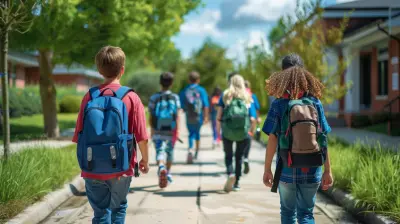
Key Safety Concerns for Schools in Rural and Urban Areas

How to Boost Student Motivation Through Effective Management

How Collaboration Enhances Problem-Solving Skills in Students

Study Abroad Programs: Expanding Horizons Beyond the Classroom

Breaking Down Barriers: How to Support Struggling Math Students

How to Set and Achieve Your Academic Goals

The Benefits of Joining Academic and Social Clubs in College
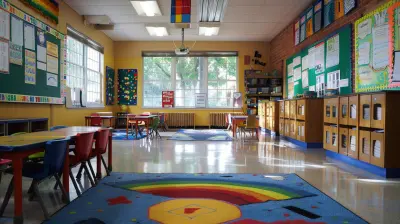
Setting the Tone from Day One: Tips for a Successful Start